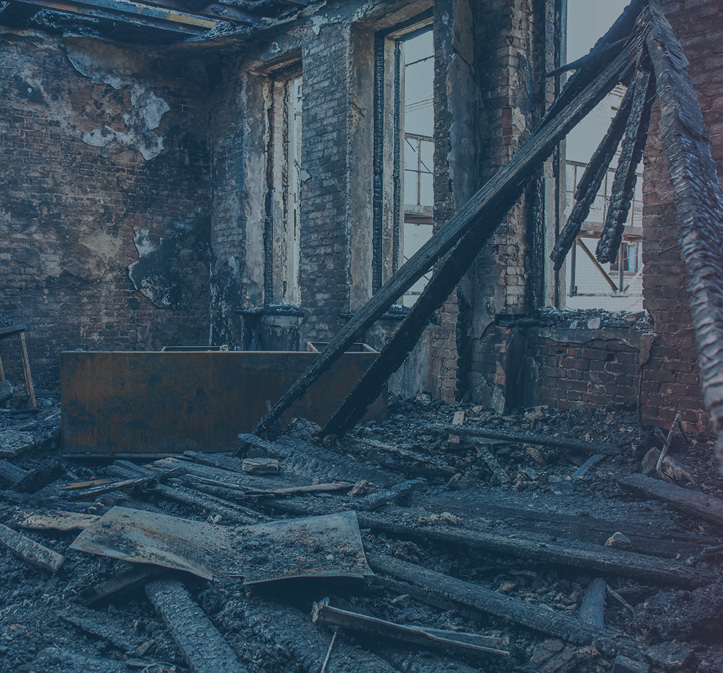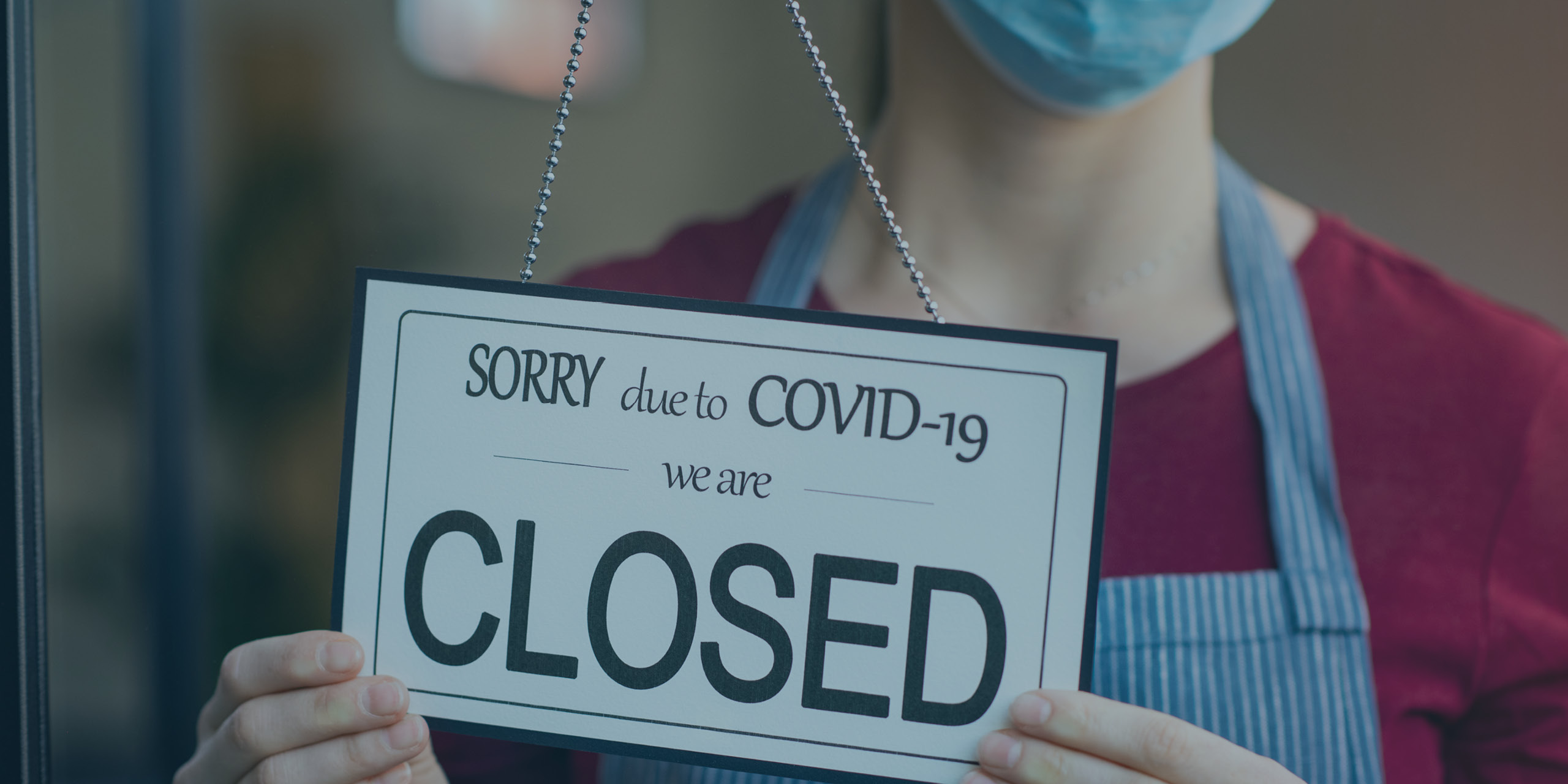Housing disrepair: landlords and insurers beware!
31st January 2022

As many predicted in the last 12 months, Claims Management Companies (CMC) seem to be moving away from the more traditional motor injury claims sector as profits are being squeezed by reforms. Due to this, one area that has seen a large increase in claims, but has somewhat gone under the radar until recently, is housing disrepair claims.
There are an estimated 9 million private and social rental properties in the UK and whilst there has always been a legal obligation on landlords to ensure that residential accommodation is fit for habitation, there are an estimated 1 million properties within the private rental sector alone failing to meet the Government’s Decent Home Standard. It is of concern that many of these properties contain a hazard posing a serious danger to the health and safety of tenants.
Historically, in order to seek redress from landlords, tenants relied upon the terms of their tenancy agreements and on the Defective Premises Act 1972, which only provides a remedy to tenants in respect of defects. Yet further, the narrow scope of section 11 of the Landlord and Tenant Act 1985 (“the 1985 Act”) also did not offer much assistance should the disrepair fall outside of the landlords’ contractual responsibilities.
The Homes (Fitness for Habitation) Act 2018 (“the Act”), came into force in respect of new tenancies on 20 March 2019 and in respect of existing tenancies on 20 March 2020. Whilst the Act does not impose any new obligations upon landlords, it amends the 1985 Act and makes it easier for tenants to hold landlords accountable for failing to provide a residential property that is fit for habitation. The Act creates a direct right of action against a landlord for failing to provide or properly maintain the property by inserting an implied clause into tenancy agreements that the accommodation should be fit for habitation. The Act also states that landlords cannot contract out of their obligations or impose any penalty on a tenant for enforcing their right, rendering any such terms within tenancy agreements void and unenforceable.
There are a number of questions which a Court will determine to decide if a property is fit for habitation, and a number of defences available to landlords. However, once a landlord is given notice that a property is unfit for habitation and, if action is not taken by the landlord to rectify the issue, the tenant can bring an action for breach of contract. In addition to obtaining an order against the landlord in respect of the disrepair, the tenant could also be entitled to damages, such as the recovery of rental payments made whilst the property was uninhabitable or the cost of alternative accommodation. There is also the possibility of the tenant pursuing an injury claim, for example in respect of stress or breathing difficulties, amongst others.
In order to defend the claims, landlords may look to engage their LEI and/or may look to their insurer for an indemnity under their property insurance policy for any damages and legal costs. Each case will need to be determined in respect of each policy wording, however, there will undoubtedly be issues as to whether liability cover will engage for all, or part, of the claim.
Insurers may find that the injury element of the claim is covered under the policy, but the property damage element is not. This could raise issues in respect of late notification but could also result in insurers being in conflict with landlords in respect of the conduct of the claim, as well as the appointment of any solicitors, and, importantly, who is responsible for legal costs.
Keoghs comment
Whilst commentary suggests that claims under the Act are increasing, there is currently no data to suggest that insurers are facing increased exposure. This may well be due to the fact that landlords have been unable to look to their insurers for an indemnity due to liability cover not engaging for property damage claims. When faced with being personally responsible for the claim, many landlords may opt to settle claims out of court due to the potential costs exposure of proceeding to trial or through fear of bad publicity. Covid-19 restrictions have also impacted upon a landlord’s ability to undertake repair or maintenance work to properties, as well as being able to obtain expert evidence in order to defend claims. This also means that there are no binding decisions to rely upon at present in order to know just what stance the Court is taking in respect of these claims.
What we do know is that CMCs are moving away from more traditional avenues of work, mainly due to the introduction of fixed costs within motor injury claims (housing disrepair claims will not be subject to the fixed costs regime). CMCs are, therefore, very likely to adopt the same tactics as they have done in the past and insurers may face increased exposure with injury claims being included alongside property damage claims, which could lead to fraudulent injury claims being presented.
The strategies adopted by insurers would have to be considered on a case by case basis in light of the claims presented and the tactics deployed by the CMC. Insurers with a large number of social or private landlords on risk may look to exclude cover for any claims under the Act. If there is an exposure to claims under the policy wording then underwriters should be looking at the risk of such claims being made (or the history of claims made) as part of the inception or renewal process.
For more information, please contact John Quirk, Solicitor via jquirk@keoghs.co.uk
Related Articles
-
- Article
- Consulting
Why customer service scores are falling behind consumers’ expectations
This article was first published in Insurance Post. Chris Mcilduff, Chief…
-
- Article
- Claims Solutions
- Legal Solutions
Automated justice: striking the balance in injury claims
This article was first published in Legal Futures. No professional sector…
-
- Article
- Claims Solutions
Business interruption claims a year on: what have we learnt so far?
One of the most discussed court cases across the UK insurance…
-
- Article
- Claims Solutions
Building material shortages pile on the pressure
This article was first published in Insurance Post With building material…



